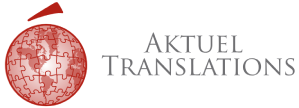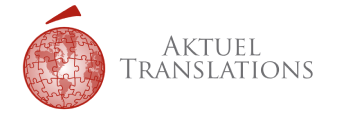Localisation
Language localisation is the process of adapting a product that has been previously translated into multiple languages to a specific country or region. It can best be thought of as part of a cycle rather than a single process, including:
Machine Translation – Human Translation – Localisation – Transcreation
So translation gives rise to localisation, which can be further adapted for a specific audience, or transcreation.
Over and above translation (and, therefore issues involving grammar and syntax that vary from place to place where the same language is spoken), the localisation process might include amending graphs and diagrams; currencies and local measurements; using proper format for date and time, addresses, and phone numbers applicable to the location; the choices of colours; and many other details. All these changes aim to recognise local sensitivities, avoid conflict with local culture, customs, common habits, and enter the local market by merging into its needs and desires. For example, localisation aims to offer country-specific websites of the same company or different editions of a book depending on where it is published.
Localisation also involves certain aspects of language that are not strictly covered by translation. For instance, idioms and proverbs – if not omitted from the source material from the start – will require replacement by a comparable one from the target destination, assuming a suitable correlative actually exists.
Language localisation usually involves the translation and adapting of:
- websites
- software
- multimedia content
Localisation can be used for multinationals working in different regions with the same product or service or in those countries where dialects are spoken.
Cycle 1:
Machine Translate (and often post edit) for purposes of general comprehension
OK, it’s accurate, contains no spelling errors etc.
Cycle 2:
Human Translate
It is accurate and faithful against the original, mirrors the tone and the choice of words and can be used in a legal context
Cycle 3:
Localise
It is culturally sensitive, but does it really speak to the market
Cycle 4:
Transcreate
In literal terms it may no longer resemble the original text in a great many respects, but it is a far better product for the target audience.
Transcreation
Transcreation is a service mainly adopted by advertising and marketing companies. It is the process of adapting a message from one language to another, while maintaining or, indeed, improving its intent, style, tone and context.
Transcreation specialists are writers often working in a focus group. They will be working to a creative brief, which will often result in the original message being adapted to suit a different culture.
Transcreation is billed by the hour. This is in contrast to translation, which is billed by the word. Transcreation is not just about the words, it is also about the look and feel.
Get in touch today to discuss your localisation and transcreation service requirements with us or simply fill in our quote request online.



